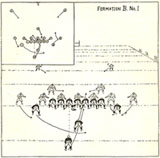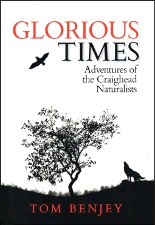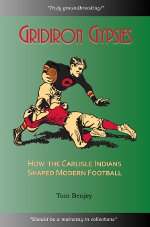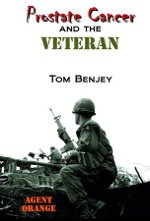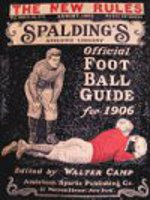I met county archivist Barbara Bartos at the Cumberland County Historical Society last night. She informed me that the archives from the Prothonotary’s Office contained automobile registration records prior to when the Commonwealth started issuing license plates.
In February, 1903 Senator Grim of Bucks County introduced a bill requiring the registration of automobiles. The legislature enacted an auto licensing law on April 23, 1903 that required motor vehicles to be registered with the county Prothonotary and a $2 fee be paid to the county Treasurer for a license tag to be affixed to the vehicle. Pop Warner may have owned an automobile before this act went into effect but, if he did, he did not register it in Carlisle. It is unlikely that, due to his notoriety, Warner would have been able to avoid licensing his automobile, if he had one. The Cumberland County Prothonotary issued ten automobile registrations between May 4, 1903 and March 11, 1904, the approximate date of Warner’s departure for Cornell. Seven of the vehicles registered were for owners who resided in Carlisle; the others resided elsewhere in the county. The automobiles registered in the first year of registration included recognizable names, both in makes of vehicles: Olds, Cadillac, Packard and Rambler as well as family of owners: Henderson, Biddle, Plank and Chronister. As one would expect, the list of early car owners includes wealthy families. Not included was Glenn S. Warner. So, it is highly likely that he did not own an automobile prior to May 4, 1903, the date on which W. H. Newsham of Carlisle registered his Olds. Not only wasn’t Warner the first man in town to own a car but he wasn’t among the first.
James C. McGowan provided no source for his information so one assumes that he concluded from the mention of Warner’s automobile on the Indian School campus in 1907 as a novelty that no one else in town had a car. That is simply not true. Errors of this nature would not be so egregious if they were not being foisted off on students and educators by McGowan and WorldandI.com as being true.
http://www.worldandi.com/subscribers/feature_detail.asp?num=25819
http://www.worldandi.com/subscribers/feature_detail.asp?num=25821
If such a simple part of McGowan’s article is wrong, what about the rest of it? Does WorldandI fact check what it posts on its site?


